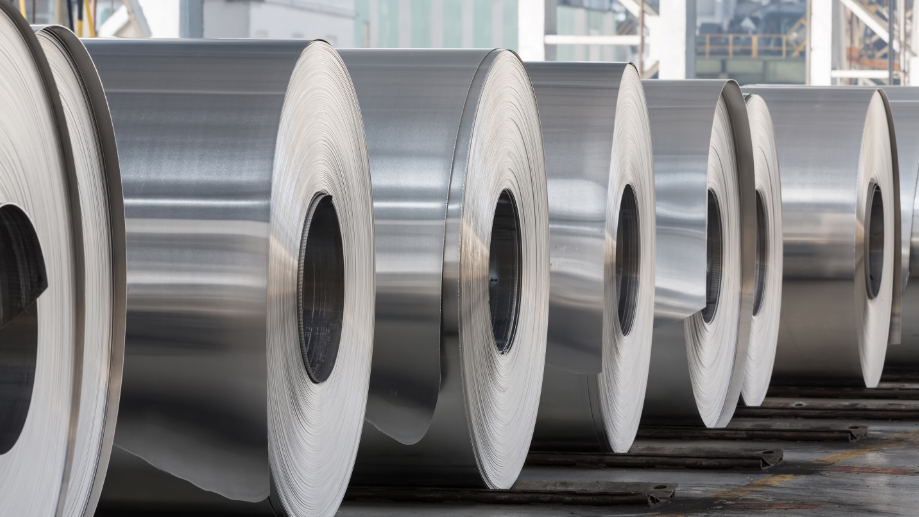China aluminum cuts exceed 2m tonnes so far, Antaike says

The amount of annual aluminum capacity shut down in top producer China so far this year has exceeded 2 million tonnes and could rise further, state-backed Chinese research house Antaike said on Thursday.
Several Chinese regions – including the smelting hubs of Yunnan, Xinjiang and Inner Mongolia – have imposed restrictions on aluminum makers’ electricity consumption or metal production in recent months because of tight power supplies and pressure to reduce emissions.
Antaike analyst Shen Lingyan said on a webinar that these measures, plus some flooding in Henan, led to output cuts of 2.33 million tonnes of aluminum on an annual basis by August. That is equivalent to 5.9% of China’s operational aluminum capacity of 39.67 million tonnes at the end of 2020.
Shen warned there was a “risk of further expansion” of the curbs, possibly in Qinghai or Shaanxi provinces.
She sees China’s primary aluminum output nonetheless rising by 5.1% to 39.2 million tonnes this year on smelter restarts and capacity additions, although she said both had progressed more slowly than planned.
Aluminum prices on the Shanghai Futures Exchange hit a 13-year high this week on fears of tight supply, while benchmark London prices hit a fresh decade peak above $2,700 a tonne on Thursday.
Related Article: Home: China battles with aluminum’s decarbonization paradox
Antaike has also revised its forecast for China’s net primary aluminum imports this year to 1.1 million tonnes, up a whopping 57% from an earlier estimate in June and slightly higher than 2020’s bumper inflows of 1.05 million tonnes.
China has over the last decade had little need for overseas aluminum but the spread between Shanghai and London prices that makes imports favourable blew open last year as Chinese demand recovered fastest from the coronavirus outbreak. This arbitrage window is open again.
“It is expected that the Chinese electrolytic aluminum market will maintain the tight supply-demand balance pattern in the next five years,” Shen said.
(By Tom Daly; Editing by Barbara Lewis)
{{ commodity.name }}
{{ post.title }}
{{ post.date }}

Comments